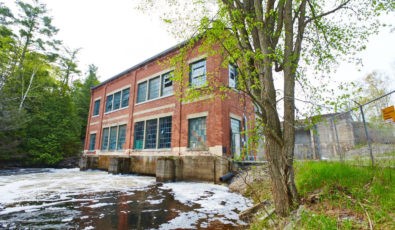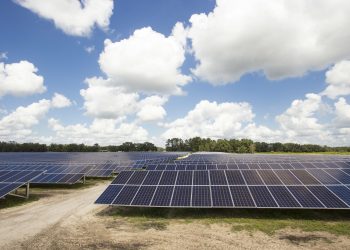
Plans are under way to rebuild one of Ontario Power Generation’s oldest hydroelectric generating stations, which was damaged by a tornado in 2018. Constructed in 1917, the 5-MW Calabogie Generating Station has produced renewable, low-cost electricity on the Madawaska River for decades.
On Sept. 21, 2018, the station was hit by a tornado, one of six that touched down in the Ottawa-Gatineau region in eastern Ontario, Canada. Wind gusts estimated at 175 km/h damaged more than two dozen homes and buildings in the Calabogie area and ripped off the roof of the Calabogie powerhouse.
Before this event, OPG concluded rebuilding the generating station, which was nearing the end of its operational life, was the best alternative to repairing or refurbishing. The project will involve demolishing the existing powerhouse and building a new powerhouse about 50 m upstream from the existing building. OPG plans to more than double the station’s existing capacity to about 10.8 MW. OPG does not plan to alter the current water levels and flows for the station.
Construction is planned to start in 2020, with the new station expected to go into service in 2022.
An environmental assessment is under way to evaluate the project’s potential effects on the environment during both construction and operation. As part of this process, OPG will consult with local First Nations, including the Algonquins of Pikwakanagan and the Algonquins of Ontario. “Consultation with Indigenous communities and the public is an integral component of this process,” said Mike Martelli, president of renewable generation at OPG.
The Calabogie GS was constructed by the Calabogie Light and Power Company to support local development and the lumber industry.
In 1929, OPG’s predecessor, the Hydro-Electric Power Commission of Ontario, acquired the Calabogie GS.





